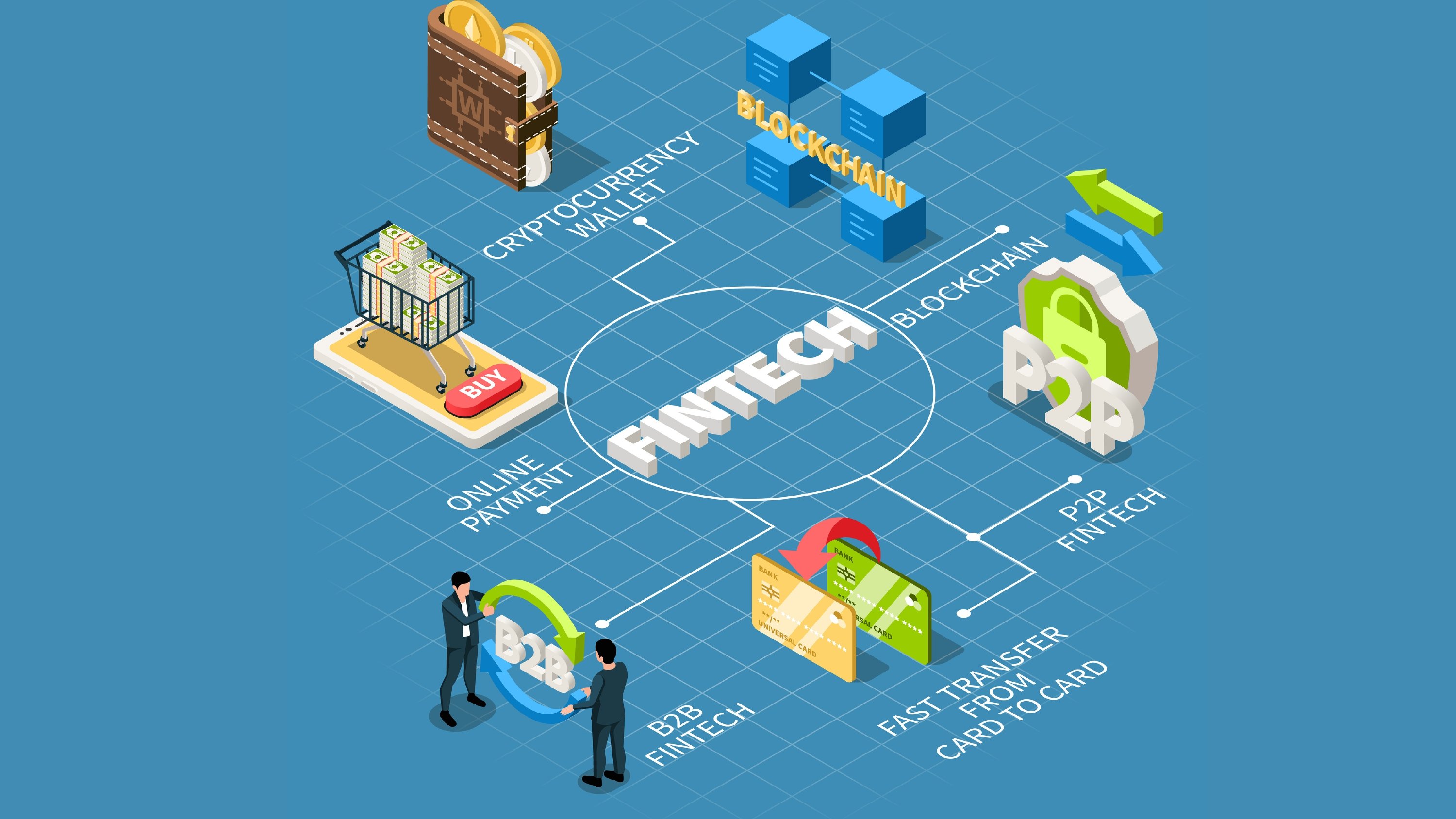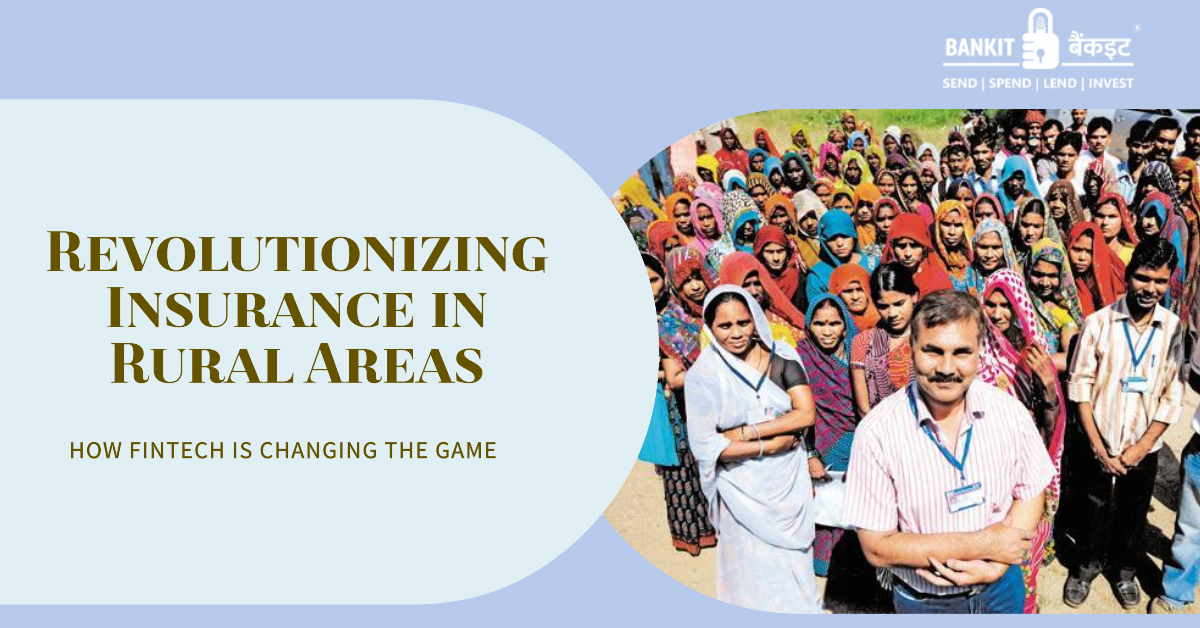When Did Fintech Start In India? What is the Story of BANKIT?

Some say the introduction of FinTech could be traced back to 1967 when the first ATM was installed. Some believe that FinTech started in 2015, and some could be seen entertaining the idea of FinTech rising in 2016.
What is the real age of the FinTech industry?
Well, the time to end the confusion has arrived!
The year 1967 is said to have started the wave of FinTech in the world and 2015 is the year when FinTech rose to prominence in India. It was not until 2016, the year of demonetization that the FinTech industry grasped the roots of the Indian market and started penetrating the digital finance world.
What happened?
The year demonetization hit India, the use of UPI increased, and people started making digital payments instead of paying in cash. Bank accounts went digital, and people started to have their money on their phones in place of their pockets. With the emergence of UPI Apps, money transfers, cash withdrawals, and cash deposits, all became digital leaving no choice for cash but to lose its supremacy in the market. The need of holding digital money increased in comparison to holding paper money.
When happened?
Before 2016, India was known to be a cash economy, but from 2016, the Indian economy started turning into a digital one. This year marked the beginning of the technological era in finance and led to the convergence of physical processes into digital processes. People started to enjoy all the digital banking, financial, and payment services at the convenience of their homes. 2016 also witnessed a rise in the number of FinTech Start-ups.
How did BANKIT come into existence?
The inception of BANKIT dates in 2017. The necessity to bring the idea of BANKIT to life emerged from the absence of bank branches, ATMs, and other digital financial and payment services in rural, semi-rural, and some urban areas too. Even after India has achieved tremendous technological development in banking and finance, some areas still lagged in terms of growth.
The need to make digital banking, financial, and payment services reach the unbanked, underbanked, and migrant population of India made BANKIT come into existence. BANKIT started to work on an unparalleled working model called the “Agent Model”. In this model, local retailers in those areas where no digital financial services exist are provided with an employment opportunity of starting a business with BANKIT and providing all the services of BANKIT to the people of their areas.
What is the significance of BANKIT?
- BANKIT is a B2B FinTech company, which fulfils a dual purpose of removing digital financial illiteracy and increasing the level of employment through its never heard before “Agent Model”.
- BANKIT reduces the level of unemployment by providing flexible, comfortable, and convenient business opportunities to local retailers of an area.
- BANKIT increases the level of digital financial literacy by making its digital banking, financial, and payment services reach the last mile of society.
BANKIT onboards agents in every nook and corner of the country, particularly in the remotest of areas. Hence, encouraging and supporting the employment prospect of local shop owners, BANKIT is also enabling them to become digitally empowered, because of which, they can help the people of their vicinity by disseminating the concept of all basic financial services.
BANKIT, through its wide network of agents, works continuously towards disseminating all the digital services concerning the financial segment to the unbanked, underbanked, digitally illiterate, and migrant population of India.
With its sole purpose of helping digitally backward people to start enjoying the benefits of digital development in banking and financial services, BANKIT is not leaving any stone unturned to introduce every possible service to make that possible.
The activities conducted by BANKIT, and the services provided by BANKIT aim to minimize the gap that prevails in society between the people who hold easy access to modern-day yet basic financial services and those who suffer from the inaccessibility to financial services in any form.

